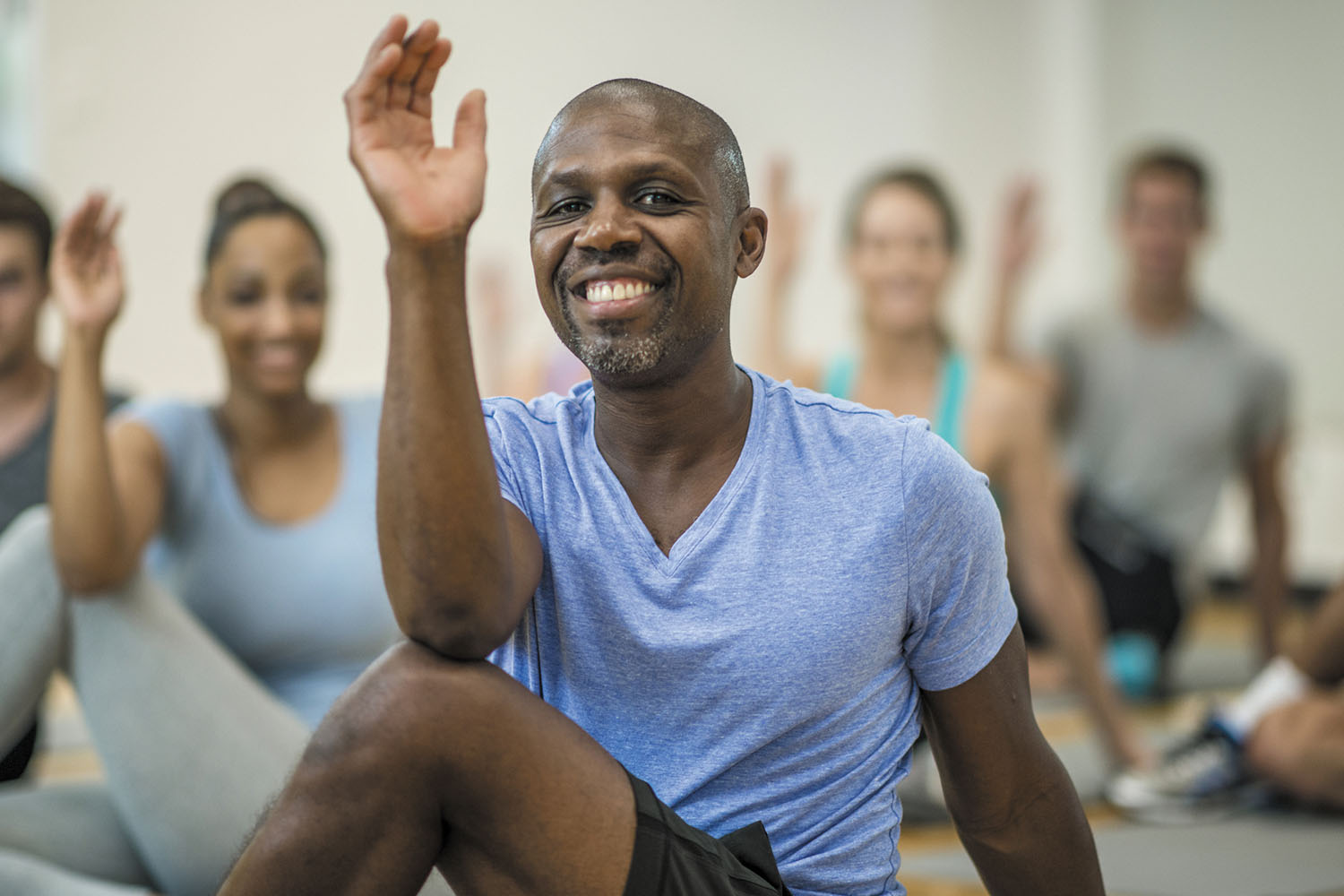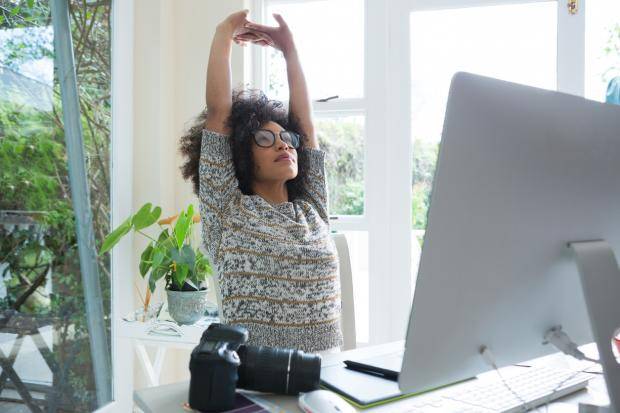
Image: © FatCamera/Getty Images
Yoga is a gentle practice that is ideal for maintaining back strength and flexibility. It’s also one of the more effective tools for helping reduce low back pain, the most common source of pain and disability among older adults.
“Yoga helps strengthen and stretch back muscles that might be tight, which improves mobility,” says Dr. Lauren Elson, medical editor of the Harvard Special Health Report AnIntroduction to Yoga (www.health.harvard.edu/yo).
Unfortunately, yoga injuries among older adults are on the rise. A study published in the November 2016 Orthopedic Journal of Sports Medicine found that between 2001 and 2014, yoga injury rates increased eightfold among people ages 65 and older, with the most common injuries affecting the back, such as strains and sprains.
So, the question is this: how can you protect your already-aching back from a therapy that has the power to soothe it?
Contents
The benefits of yoga
Yoga involves a series of poses, also called postures, and emphasizes breathing techniques. The postures teach you to stretch and strengthen your muscles, which helps reduce muscular tension, build flexibility and strength, and improve balance and bone strength.
For low back pain, yoga can be especially helpful to the muscles that support the back and spine, such as the paraspinal muscles that help you bend your spine, the multifidus muscles that stabilize your vertebrae, and the transverse abdominis in the abdomen, which also helps stabilize your spine.
The benefits of yoga go beyond muscles. The slow movements and the continuous focus on proper breathing can improve the emotional aspect of back pain by helping to lower stress and alleviate anxiety and depression.
What goes wrong
At its core, yoga is still a form of physical movement, and as with any other type of exercise, injuries can occur, especially involving the back. The main problems often happen when people don’t follow proper form and speed, and they quickly “drop” into a yoga pose without gradually “lengthening” into it, according to Dr. Elson.
This is similar to jerking your body while lifting a dumbbell and doing fast reps instead of making a slow, controlled movement, or running on a treadmill at top speed without steadily increasing the tempo. The result is a greater chance of injury.
In yoga, you should use your muscles to first create a solid foundation for movement and then follow proper form that slowly lengthens and stretches your body. For example, when you perform a seated spinal twist, which can be quite therapeutic for low back pain, the point is not to rotate as fast and far as possible.
“Instead, you should first activate your core muscles and feel as though the spine is lengthening. Then twist slowly until you feel resistance, and hold for as long as it’s comfortable,” says Dr. Elson.
Tips to protect your back on the mat
|
Make the right moves
Talk to your doctor about whether it’s okay to begin a yoga program if you suffer from low back pain. Dr. Elson suggests avoiding yoga if you have certain back problems, such as a spinal fracture or a herniated (slipped) disc.
Once you have the green light, you can protect your back by telling your yoga instructor beforehand about specific pain and limitations. He or she can give you protective modifications for certain poses or help guide you through a pose to ensure you do it correctly without stressing your back. Another option is to look for yoga studios or community centers that offer classes specifically designed for back pain relief.
Remember that the bends and twists and stretches of yoga are often what your low back needs to get healthier, so don’t be afraid to give it a try. “By mindfully practicing yoga, people can safely stretch and strengthen tight and aching back muscles,” says Dr. Elson.
[“Source-health.harvard”]

